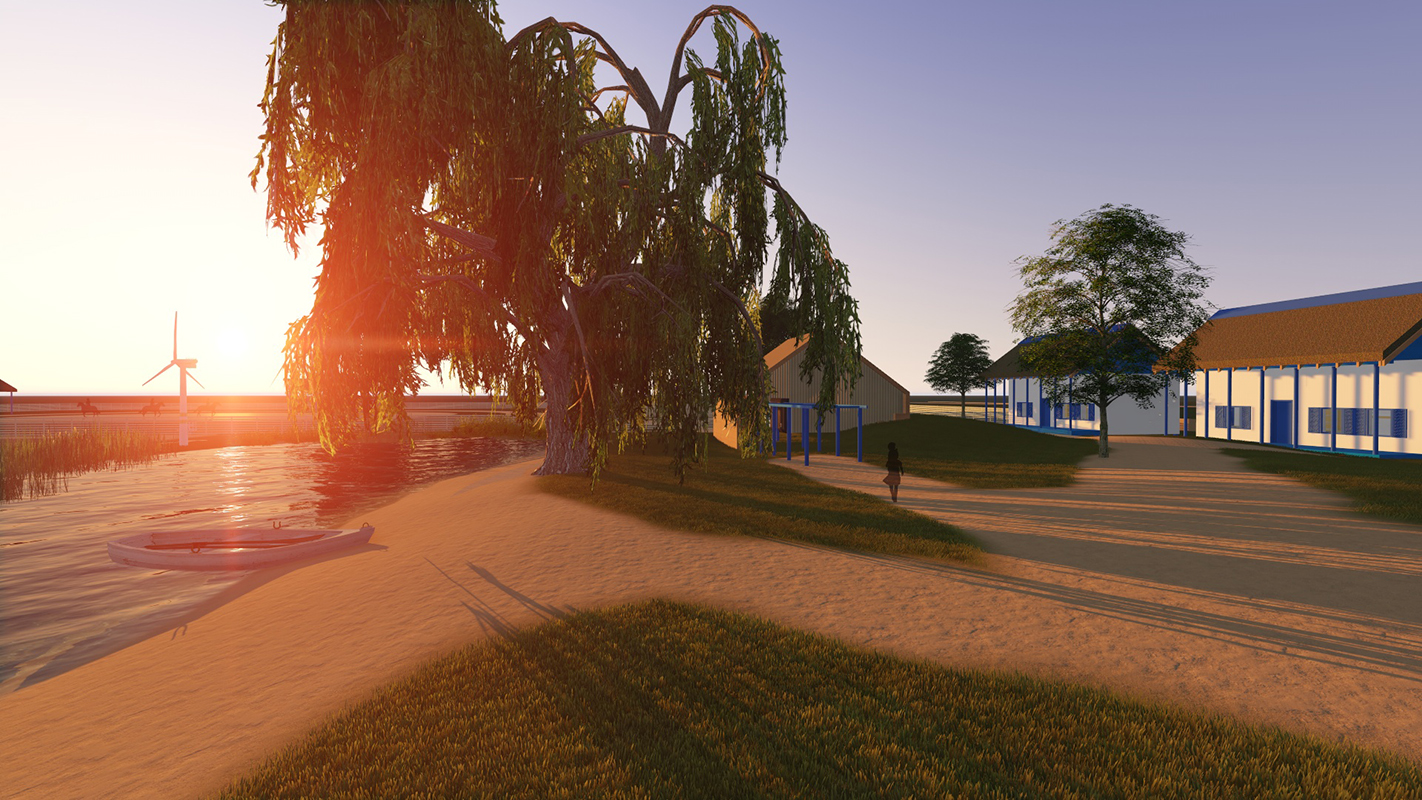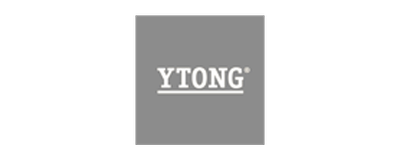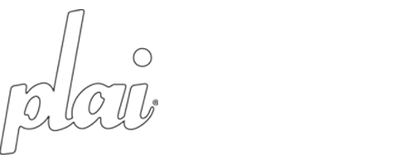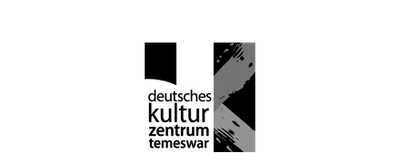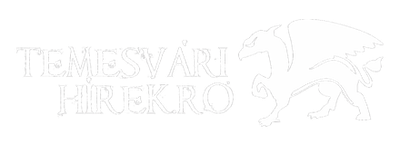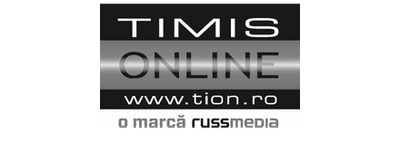Co-autori
-
Birou de arhitectură
-
Colaboratori (membri ai echipei):
-
Colaboratori externi:
Donici Mihai, Farcaș Cornel, Dodiță Alexandra,
Location:
C.A.Rosetti, Tulcea, România
Client:
Asociația Pro Vita
Buget:
-
Text de prezentare a lucrării:
The Pro Vita Camp project consists of the building of a summer camp for the institutionalized children of the Pro Vita Association, using traditional techniques and local building materials. The project has three main dimensions: a social one, an educational one, and obviously, and architectural one.
The social function of this project if performed firstly through the creation of a summer camp for the institutionalized children of the Pro Vita Association. These children spend all of their time in the small village of Valea Plopului and their host association has no financial means to send them on vacations. Therefore, I have imagined a summer camp built in the Danube Delta, on one of the Pro Vita Association’s unused properties, a camp that will be the relaxed, friendly, creative and educative environment so important for children’s healthy development. Still, the camp will be also open to other organized school trips and workshops, so that its functioning will have a positive socio-economical impact on the impoverished and diminished community of C. A. Rosetti. Even more, the danubian craftsmen’s rare knowledge will be valorized and rewarded, thus tackling the issue of unemployment in the region. During the winter, the main building of the camp will provide hosting for the children who have to commute to school from distant villages. Another important dimension of the project is the educational one. On one side, local crafts and unique building techniques will be safeguarded and passed on to younger generations through the workshops held by the local craftsmen for the children and volunteers involved in the project. On another side, the location of the camp and the facilities included in the project will stimulate experiential learning and fun.
Lastly, but not the least, the architectural line of the project is quite innovative in itself. The rediscovery of traditional building techniques and of local materials that have so many impressive properties forgotten in this age of ‘modernity’ could bring back into focus the potential of accessible, affordable, sustainable building materials provided by the generous Danube Delta. Also, our intention is that of sending a message towards the local community encouraging them to rediscover their architectural authenticity and uniqueness.



